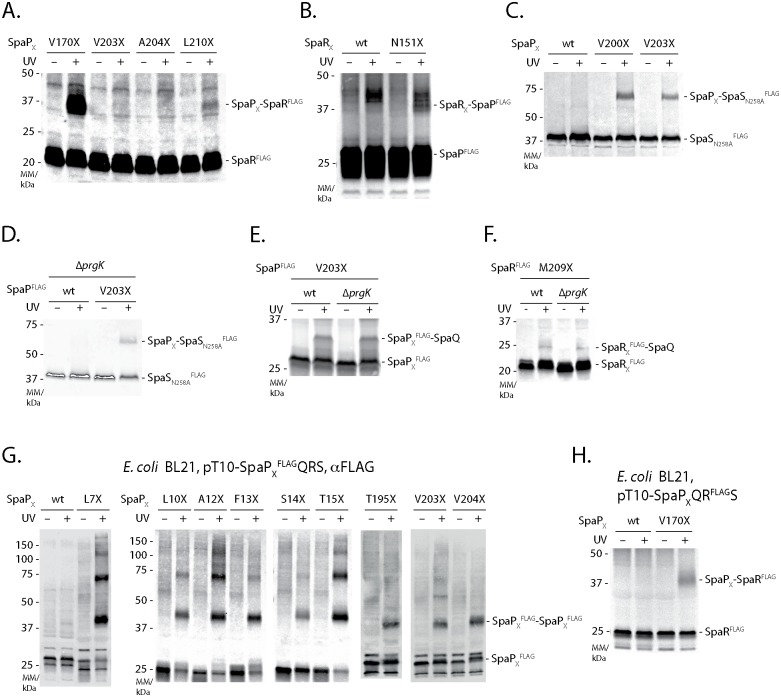Fig 4. Interactions among the export apparatus components SpaP, SpaQ, SpaR, and SpaS.
(A) Immunodetection of SpaRFLAG on Western blots of SDS PAGE-separated crude membrane samples of ΔspaPQRS S. Typhimurium expressing indicated SpaP-pBpa mutants from a pT10-spaPQRFLAGS plasmid. (B) Immunodetection of SpaPFLAG on Western blots of SDS PAGE-separated crude membrane samples of ΔspaPQRS S. Typhimurium expressing indicated SpaR-pBpa mutants from a pT10-spaPFLAGQRS plasmid. (C) Immunodetection of SpaSN258AFLAG on Western blots of SDS PAGE-separated crude membrane samples of S. Typhimurium expressing indicated plasmid-complemented SpaP-pBpa mutants. (D) As in (C) but assessing the SpaP-SpaS interaction in absence of the inner ring protein PrgK. (E) Immunodetection of SpaPFLAG on Western blots of SDS PAGE-separated crude membrane samples of S. Typhimurium expressing chromosome-encoded indicated SpaP-pBpa mutants in the presence or absence of the inner ring protein PrgK. (F) As in (E) but showing SpaRM209XFLAG. (G) Immunodetection of SpaPFLAG on Western blots of crude membrane samples of E. coli BL21 (DE3) expressing indicated SpaP-pBpa mutants together with SpaQRS to form the SpaPR complex. (H) As in (F) but expressing SpaPV170XQRFLAGS to reveal the SpaP-SpaR interaction in E. coli.

